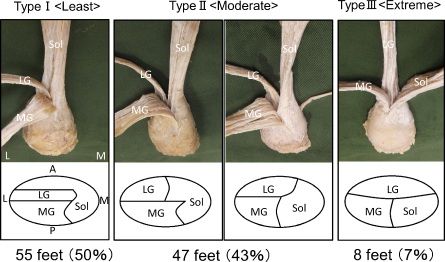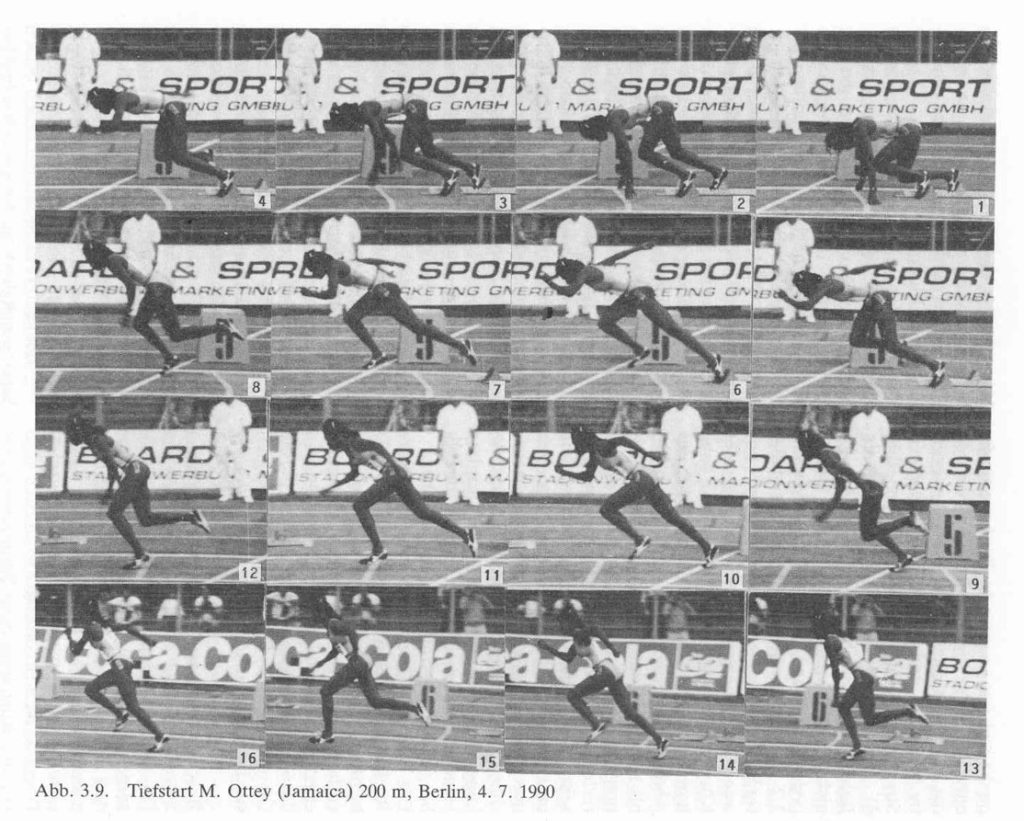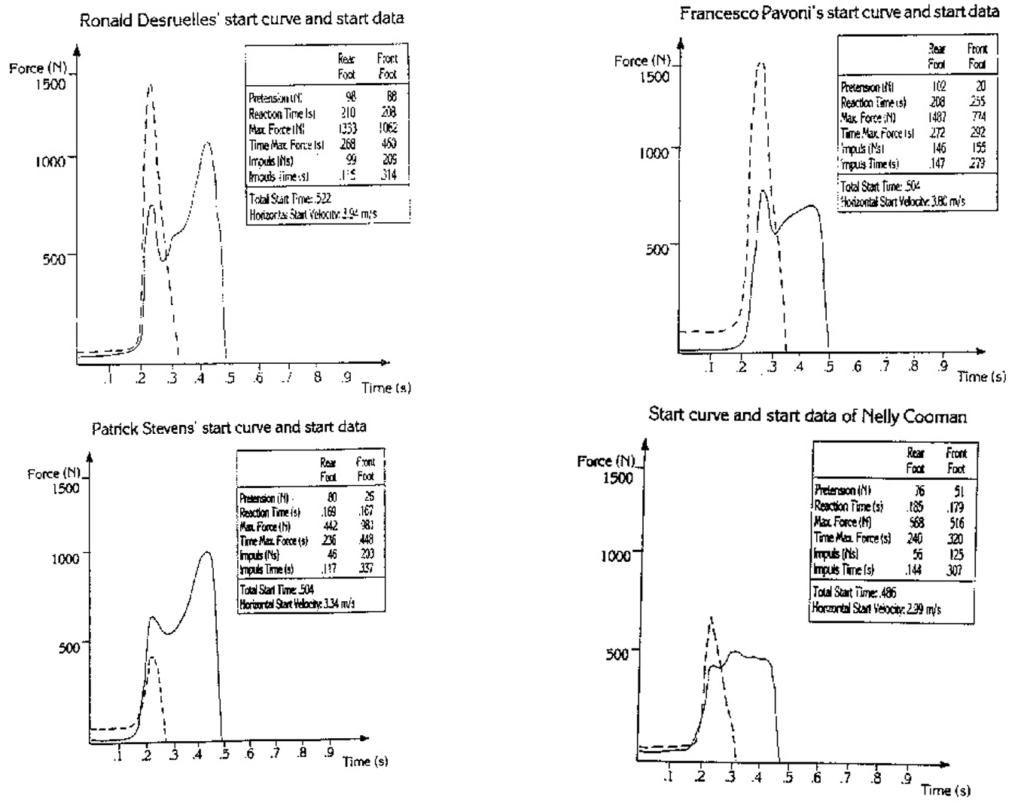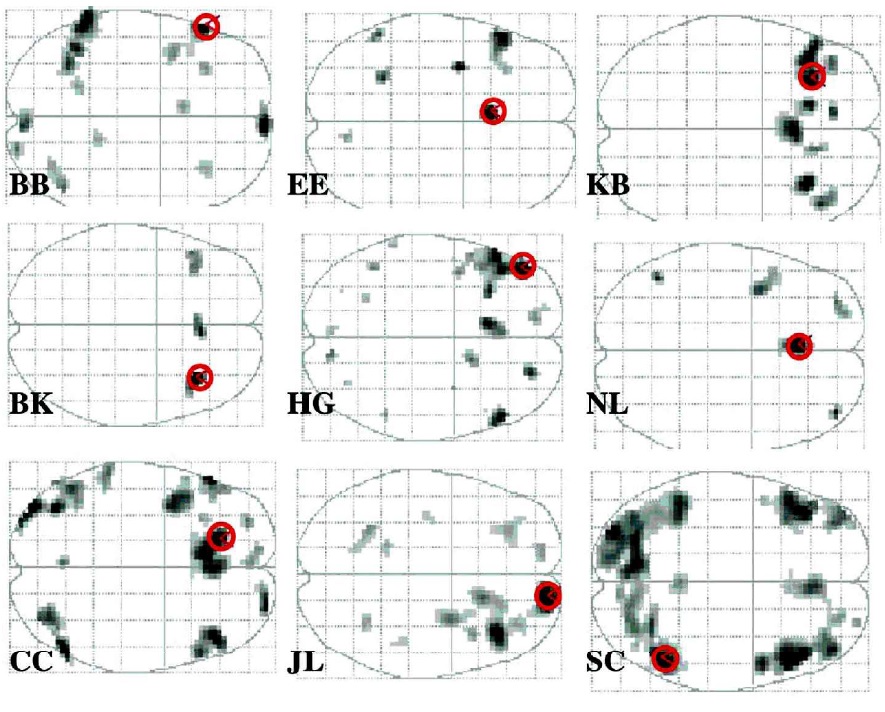In the last post I already indicated the importance of the individual. I have been going through a lot of books lately to look at the same information I have looked at before, but this time from a different view.
I adapted the concept of the strictly individual approach from the beginning of my work as coach somewhere in 1975. And throughout the years I got more convinced about its value for performance.
“ Look at your athlete, not at your program” sums it up nicely, but “improve your athlete, not your program” will do as well.
The case is that what I learned during my coaching courses was all based on the average athlete, by great pioneers in the methodology of training (Matwejew, Werchoshansky).
However, when I run into my first international level athlete, (something I did not know at that time) I found an outlier. And everything I learned at my course failed to work for this particular athlete. A few years later I trained another world-class athlete and the same thing happened: everything that worked for the first one, did not work for this athlete and the other way around. Looking at these athletes it wasn’t difficult to figure out why that was: they were complete opposites in almost all variables, but both were outliers from the average still.
Look at the age when athletes start in their sport: some of them start early, some of them start late. Or find out what they did before: some of them did other sports before, while others never did anything different and specialized from the very start of getting into sports. Some of them have a 5 year career, others a 30 year career (e.g. Merlene Ottey)
Some of them respond very well to certain training methods, others hardly respond or are getting injured. One athlete’s overload is another athlete’s overkill.
One sprinter could jump and do plyometrics like a kangaroo, with great improvement in explosive strength and without injuries, the other sprinter of the same level got pain and would be injured after a minimal set of jumps or bounding. So what to do: do plyometrics or not at all ….. well, it depends on the individual athlete.
This is also one of the reasons why I don’t put much time into technique training as it is supposed to be done. For me technique is an individual tactic used to solve a given motor task. Yes, the strategy might be the same, but the tactic might be different, dependent on many anatomical and physiological factors In sprinting we could already see an extreme example in the former elite GDR female sprinters some were successful with focus on stride frequency (Goehr, Stecher), others with focus on stride length (Koch, Gladisch). So, yes as they say there are many ways leading to Rome (but keep in mind that many people do not even arrive in Rome, or arrive too late).
A few examples: we see pictures of anatomical structures, in books about biomechanics of running, but who’s muscles are we really seeing there? As we know, anatomical structure dictates function and the other way around. So a different anatomical structure will lead to a difference in function.
Look at the variations in the structure of the patella, one variation is much more predisposed to be involved in knee injuries than others.

Another example: the individual variations in structure of the calf muscles and Achilles tendon (1)

Videos or photos of exemplary athletes surely give you the wrong impression! You can only run like Gebreselassie or Bolt if you ARE Gebreselassie or Bolt! Everyone else is doomed to fail!
One fine example from some time ago where in a former GDR textbook a photoseries of the start of Merlene Ottey was shown with the note that this was a textbook example of a good start. Whereas my own notes of the same start, being her coach at that moment, say it was a very bad start.

Another one: during a scientific research project we looked at the force production at the starting blocks with elite athletes. Looking at the picture you see large individual difference despite the facts that they were all elite sprinters of comparable level.

During this project, just for kind of fun, the sprinters also tried to copy Ben Johnson’s start, but they all failed to even come close (and they were strong and explosive guys).
So, how valuable is scientific research in this issue? In medicine or in sports we are looking to improve the health or the performance of individual patients or athletes. And often average data, like norm values or reference values are used as guideline for progress.
An example: look at the average data as the result of fMRI test as a response to a standard stimulus. (2)

But now look at the individual response: none of them looked nearly like the average! (2)

Here is the key: when someone tells speaks to you about “the average athlete” remember that you might not want to coach the average athlete but rather the non-average of elite athlete, the outlier. The average sprinter runs 12 seconds in the 100 meter. Looking at psychological factors the situation is even more pronounced. Its seems that psychological traits are hardly stable factors. And most of our behavior is purely contextual. One thing should be clear: there isn’t even such a thing like the average person: the average person has one breast and one testicle.
Bibliography:
- Edama, M; Kubo, M; Onishi, H et al: The twisted structure of the human Achilles tendon; Scand J.Med.Sci Sport. Vol.25, pg.e497–e503, 20
2. Miller, M.B; van Horn, J.D et al.: Extensive Individual Differences in Brain Activations Associated with Episodic Retrieval are Reliable Over Time; Journal of Cognitive Neuroscience Vol.14, No.8, pg. 1200–1214, 2002.
Rose, L.T; Rouhani, P; Fischer, K.W: The Science of the Individual; Mind, Brain and Education; Vol.7, No.3, pg.152-158, 2013.
